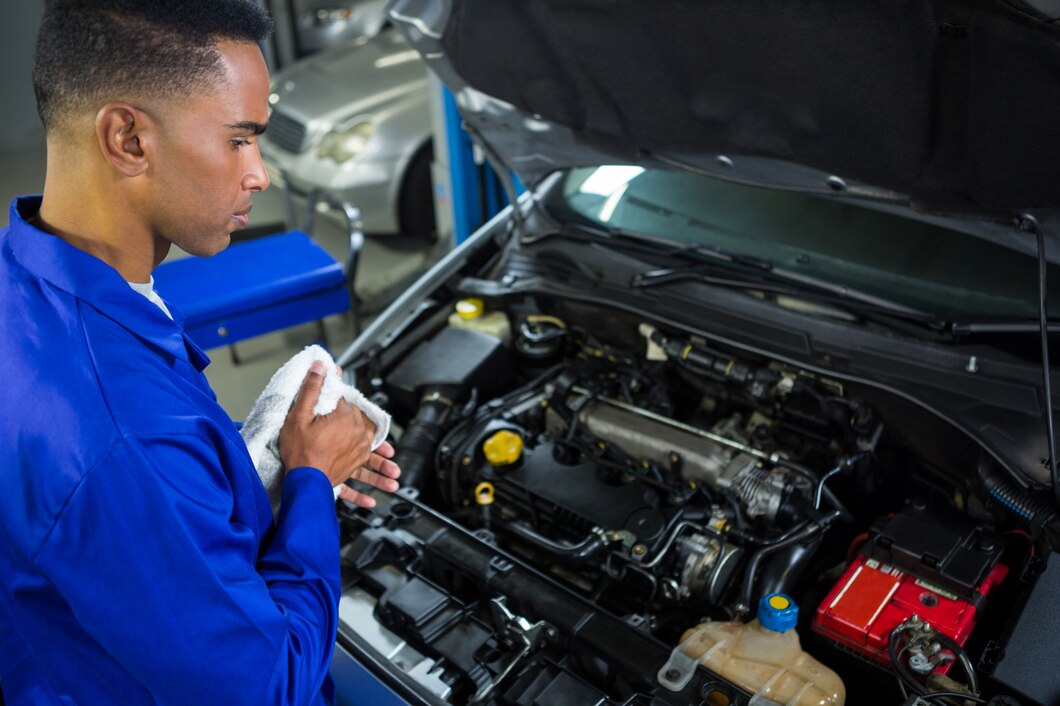Engine mounts are the unsung heroes of your vehicle’s operation, responsible for securing the engine in place and absorbing vibrations and shocks generated during driving. Over time, engine mounts can wear out, leading to a variety of issues that affect your car’s performance, comfort, and safety. Recognizing the early signs of worn engine mounts is essential for preventing further damage and ensuring smooth operation. Here are some indicators to watch out for:
1. Excessive Engine Vibrations
One of the earliest and most noticeable signs of worn engine mounts is an increase in engine vibrations felt throughout the vehicle, especially at idle or during acceleration. If you notice excessive shaking or rattling, it could indicate that the engine mounts are no longer able to dampen vibrations effectively.
2. Thumping or Clunking Sounds
Worn engine mounts can cause the engine to shift or move excessively, leading to thumping or clunking sounds coming from under the hood or beneath the vehicle. These noises may occur when shifting gears, accelerating, or braking and are often accompanied by noticeable movements of the engine.
3. Engine Movement
Inspect the engine compartment for any signs of excessive movement or shifting of the engine while the car is running. If you notice the engine visibly moving or rocking back and forth, it’s a clear indication that the engine mounts are no longer providing adequate support and need to be replaced.
4. Misaligned Components
As engine mounts wear out, they may fail to hold the engine securely in place, causing misalignment of other components such as the exhaust system, drivetrain, or transmission. Look for any signs of misalignment or unusual gaps between components, which could indicate a problem with the engine mounts.
5. Increased Noise and Vibration in the Cabin
Worn engine mounts can transmit vibrations and noise from the engine into the cabin, resulting in a louder and less comfortable driving experience. If you notice a significant increase in noise or vibration inside the car, especially during acceleration or deceleration, it could be a sign of failing engine mounts.
6. Engine Tilting or Sagging
In severe cases of engine mount wear, the engine may begin to tilt or sag to one side, causing uneven weight distribution and potential damage to other components. Inspect the engine from multiple angles to check for any signs of tilting or sagging, and address the issue promptly to prevent further damage.
7. Increased Wear on Other Components
Worn engine mounts can place additional stress on other parts of the vehicle, such as the exhaust system, driveshafts, and transmission mounts. If you notice premature wear or damage to these components, it could be a result of excessive engine movement caused by failing engine mounts.
Engine mounts play a vital role in maintaining the stability and smooth operation of your vehicle’s engine. By recognizing these early warning signs of worn engine mounts, you can address the issue before it escalates into more significant problems, such as engine damage or transmission failure. If you experience any of these symptoms, it’s essential to have your car inspected by a qualified mechanic who can diagnose the issue and recommend the necessary repairs or replacements. Remember, proactive maintenance is key to keeping your car running smoothly and ensuring a safe and comfortable driving experience.











